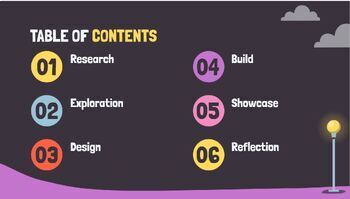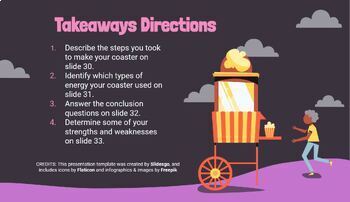Roller Coaster STEM Model Building Contest Project for Engineering and Physics
- Google Slides™

What educators are saying
Description
This project includes 6 sections including research, exploration, design, build, showcase, and reflection. It takes students step by step through designing a functioning marble roller coaster with a theme and building it. It comes with multiple rubrics to grade each section and a set of reflection questions at the end. This project can be lengthened or shortened by requiring more detailed projects. When my students did this project, it took about 10 days to make detailed, functioning rollercoasters, present them, and reflect on their learning. This project can be added to Canvas as a Google Assignment so students can follow along as they complete each step. This project would be a perfect end of year activity, first week of school activity, or supplemental activity for STEM subjects such as physics and engineering. Some of the steps include gallery walks, webquests, and group work.





